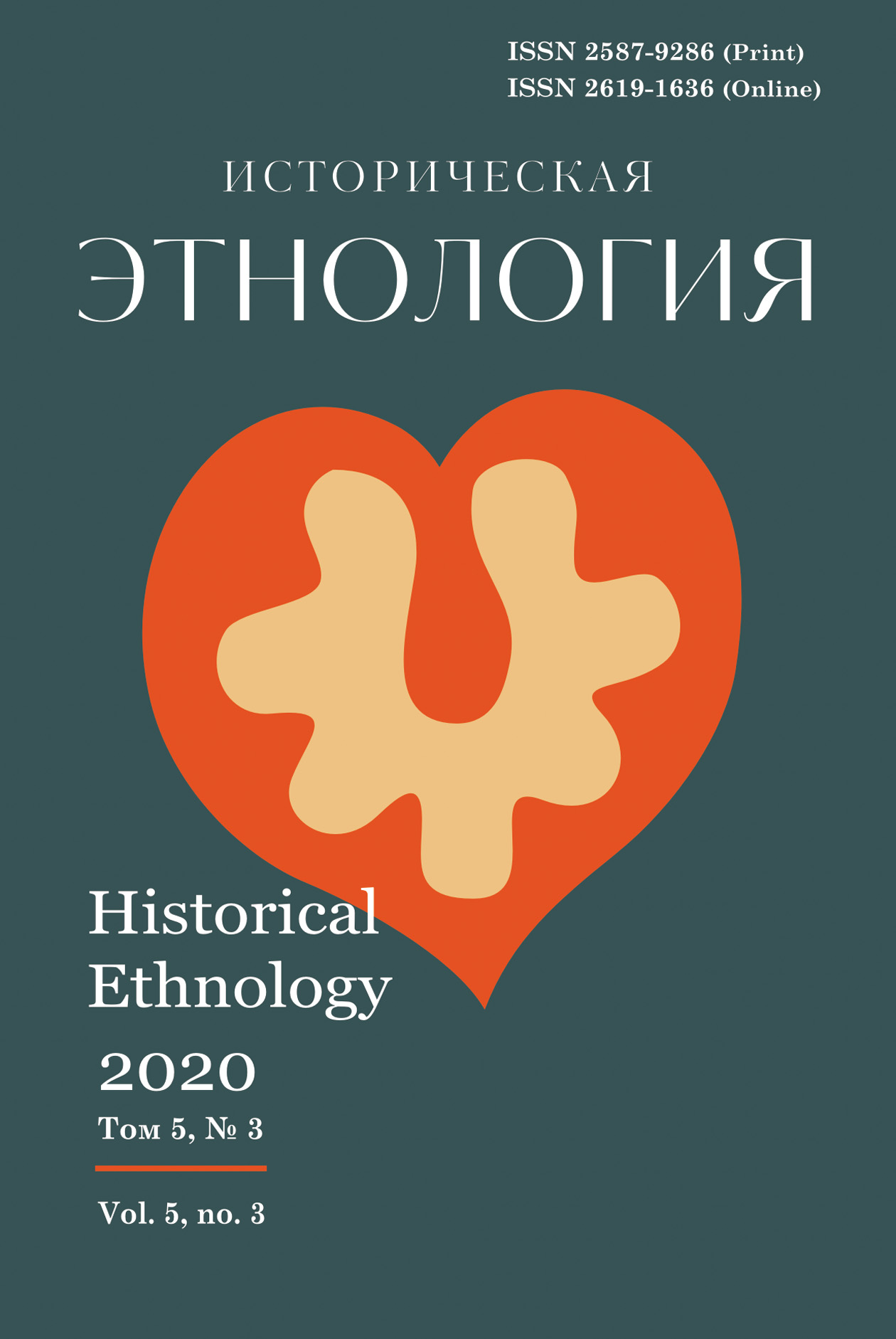
Main menu / 2020, vol.5, no.3 / Vagapova F.G., Timofeeva L.S.
The role of A. Makhmudov and Sh. Tagirov in the revival of book art traditions in the culture of the Middle Volga Region Tatars Vagapova F.G., Timofeeva L.S.
388-398 p. doi.org: 10.22378/he.2020-5-3.388-398 The article explores the period of reviving the art of calligraphy and handwritten book art in the Tatar culture, which falls on the end of the XIX century and is associated with the names of A. Makhmudov and Sh. Tagirov. The authors of the article presented the genesis and revealed the stages of calligraphy and hand-written book art formation in the culture of the Tatars. The article provides an art criticism analysis of the manuscript book art works included in the creative heritage of A. Makhmudov and Sh. Tagirov. A contrastive-comparative analysis led to a conclusion that the traditions of Iranian, Turkish and Dagestanian handwritten book art which were processed by Kazan calligraphers. That allowed them to develop local traditions of handwritten art. The study is based on the analysis of collections of manuscript monuments, including paperwork (khan labels) and books (of religious, scientific, literary and artistic content) from the collections of the Department of Manuscript and Rare Books of Kazan Federal University’s N.I. Lobachevsky Scientific Library, the Center for Written and Musical Heritage of G. Ibragimov Institute of the Language, Literature and Arts of the Republic of Tatarstan Academy of Sciences, the Department of Rare Books and Manuscripts of the Republic of Tatarstan National Library, the National Museum of the Republic of Tatarstan, the National Archives of the Republic of Tatarstan, the Graphics Department of the Republic of Tatarstan State Museum of Fine Arts. The article is based on a comprehensive study of the material; to conduct the analysis, analytical methods of research have been applied. The priority is given to the classical comparative-historical method which includes synchronous and diachronous analysis. In addition, general scientific art and cultural studies methods and approaches were implemented: the genetic one, for instance, allows making a diachronous section and tracing the process of book art formation. Keywords: art, calligraphy, ornament, decoration, handwritten book, writing styles For citation: Vagapova F.G., Timofeeva L.S. Rol' A. Makhmudova i Sh. Tagirova v vozrozhdenii traditsiy knizhnogo iskusstva v kul'ture tatar Srednego Povolzh'ya [The role of A. Makhmudov and Sh. Tagirov in the revival of book art traditions in the culture of the Middle Volga Region Tatars]. Istoricheskaya etnologiya, 2020, vol. 5, no. 3, pp. 388–398. https://doi.org/10.22378/he.2020-5-3.388-398
REFERENCES Adamova A.T. Persidskiye rukopisi, zhivopis’ i risunok XV – nachala XX veka: katalog kollektsii [Persian Manuscripts, Paintings and Drawings of the 15th – early 20th Centuries: Collection Catalog]. St. Petersburg: State Hermitage Publishing House, 2010. (In Russian)
About the authors: Firdaus G. Vagapova is Cand. Sc. (Art History), Associate Professor of the Department of World Cultural Heritage, Institute of International Relations of Kazan (Volga Region) Federal University (18 Kremlevskaya St., Kazan 420008, Russian Federation); vagap.art@mail.ru Lyudmila S. Timofeeva is Cand. Sc. (History), Associate Professor of the Department of World Cultural Heritage, Institute of International Relations of Kazan (Volga Region) Federal University (18 Kremlevskaya St., Kazan 420008, Russian Federation); lyutim77@yandex.ru Received June 09, 2020 Accepted for publication October 27, 2020 Published Online November 28, 2020 |
Istoricheskaya etnologiya Historical Ethnology
Scientific journal







